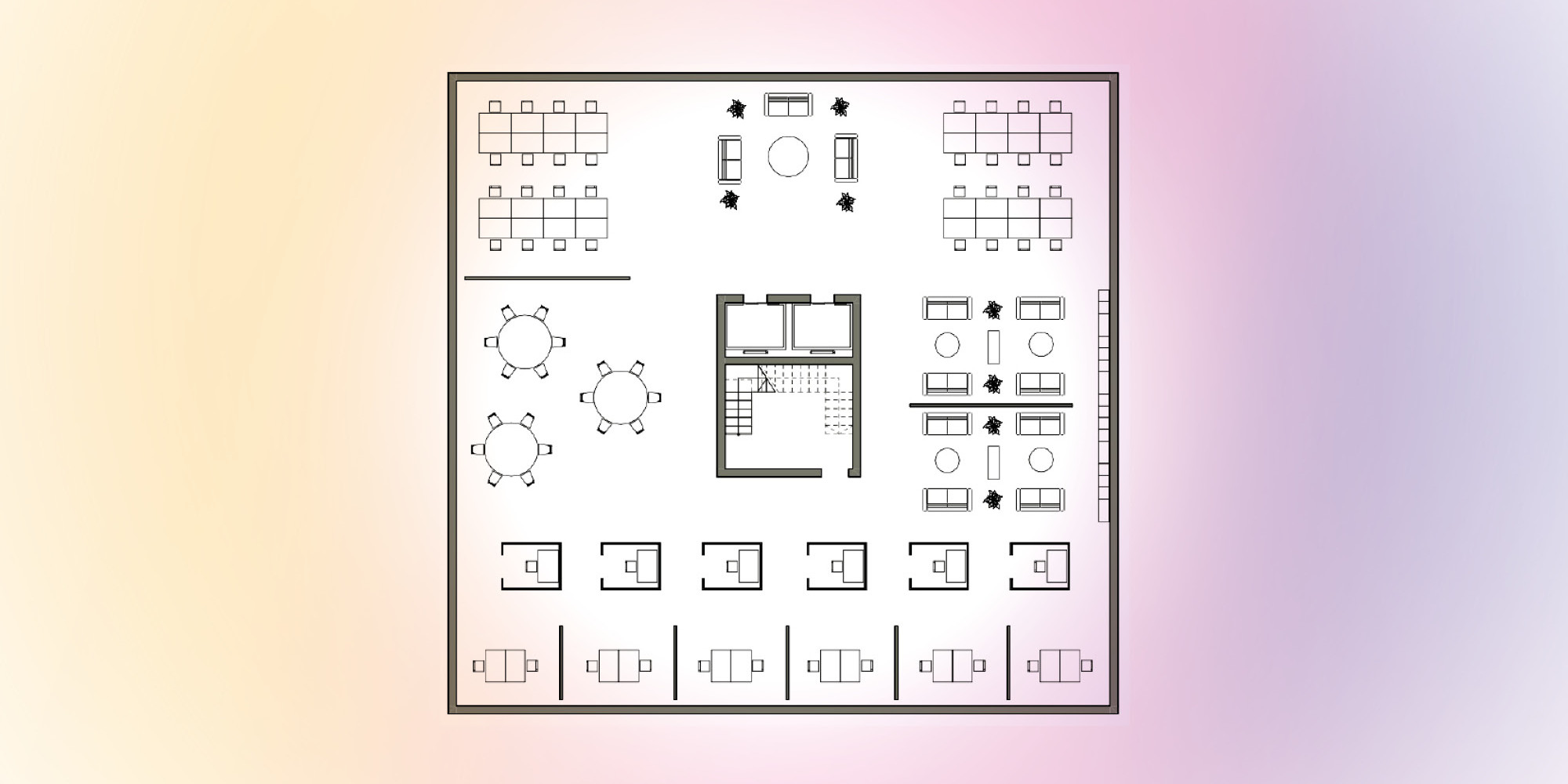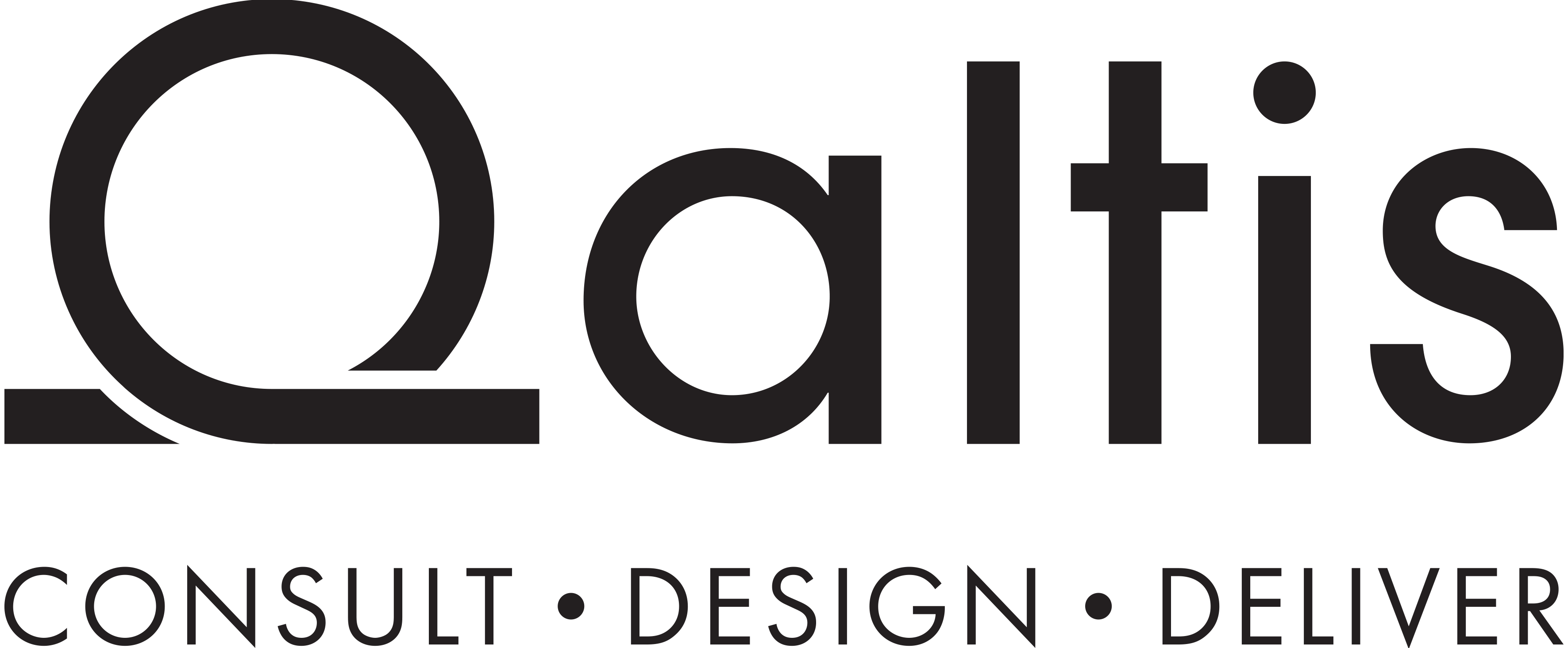In 1994, Dutch engineer Erik Veldhoen — a pioneer of what we now call smart working — published The Demise of the Office. Not the usual rant about Monday morning madness, but a proper manifesto. A sharp critique of the standardised, impersonal, rigid office model. And from that moment on, at least on paper, the office was never quite the same.
Thus was born the ABW model – Activity Based Working – where the activity takes centre stage: if you need to focus, you sit alone; if you need to collaborate, you head to an open space; if you need to call your accountant (or your mum), you pop into a phone booth. Finally, a space that adapts to what you’re doing. End of story? Not quite.
It’s been thirty years. In the meantime, we’ve seen the rise of the internet, new leadership styles, Covid, Gen Z and their rebellious gestures, and the return of plants to the office. And yet, in many organisations, ABW is still treated as the final destination. But is it, really?

ABW worked. But we’ve moved on.
ABW was revolutionary, no doubt. It brought greater flexibility, more efficient use of space, and a boost in creativity and collaboration. But today, we work everywhere — not just where there’s a desk. Our tasks blend with our moods, time zones, Slack notifications, and serotonin swings. We’re no longer just “operational units”. We’re tired, curious, overloaded individuals searching for meaning. And this is where ABW starts to show its limits.
Because nowadays we also need other kinds of spaces: ones that allow us to recharge, to connect, and simply to exist — even when we’re not doing anything “productive”.
From activity to emotion
After years of designing spaces for tasks, we forgot about the people performing them. With their bodies, their stories, their energy levels and vulnerabilities. What if this became the new paradigm? Not a replacement for ABW, but an evolution.
A model that begins with a different question: “How does the person working here feel today?”. This is the era of hybrid work, of psychological wellbeing at the centre, of relationships as a productive force. Don’t just take our word for it — McKinsey and neuroscience agree. Perhaps it’s time to design spaces that:
– support emotional regulation, not just multitasking
– foster trust and belonging, not just “collaboration zones”
– embrace human complexity, not just its calendar
No need to throw it all away – just change the lens.
ABW took us far. But today, the challenge has shifted. Because people entering a space aren’t just looking for a desk — they’re looking for a context that understands them. Maybe now is the time for Emotional Based Working: an invitation to tune into the emotions that inhabit a space, and to design not just for what we do, but for who we are. This is only the beginning.
If this question resonates with you, or even if you’re just curious,
write to us at [email protected].
We love hearing from people who are ready to look at things differently.


